3D printing is a complex term and hosts various different processes and technologies that provide users with the limitless possibilities of production and 3D prototyping needs.
Moreover, 3D printing can be done in different materials, helping users realize different strength parts with varying properties combination.
All the processes running within 3D printing technology have one thing in common: They all are built one layer at a time. The different layers combine together to create a part or model. This is also known as additive manufacturing.
As 3D printing is covering more years of success to its feather, its capabilities are widening too.
While it just started as an alternative to the conventional prototyping, it is now that every niche craves to utilize the same for its production needs. However, 3D prototyping still remains as one of the major applications of 3D printing.
What is 3D Prototyping?
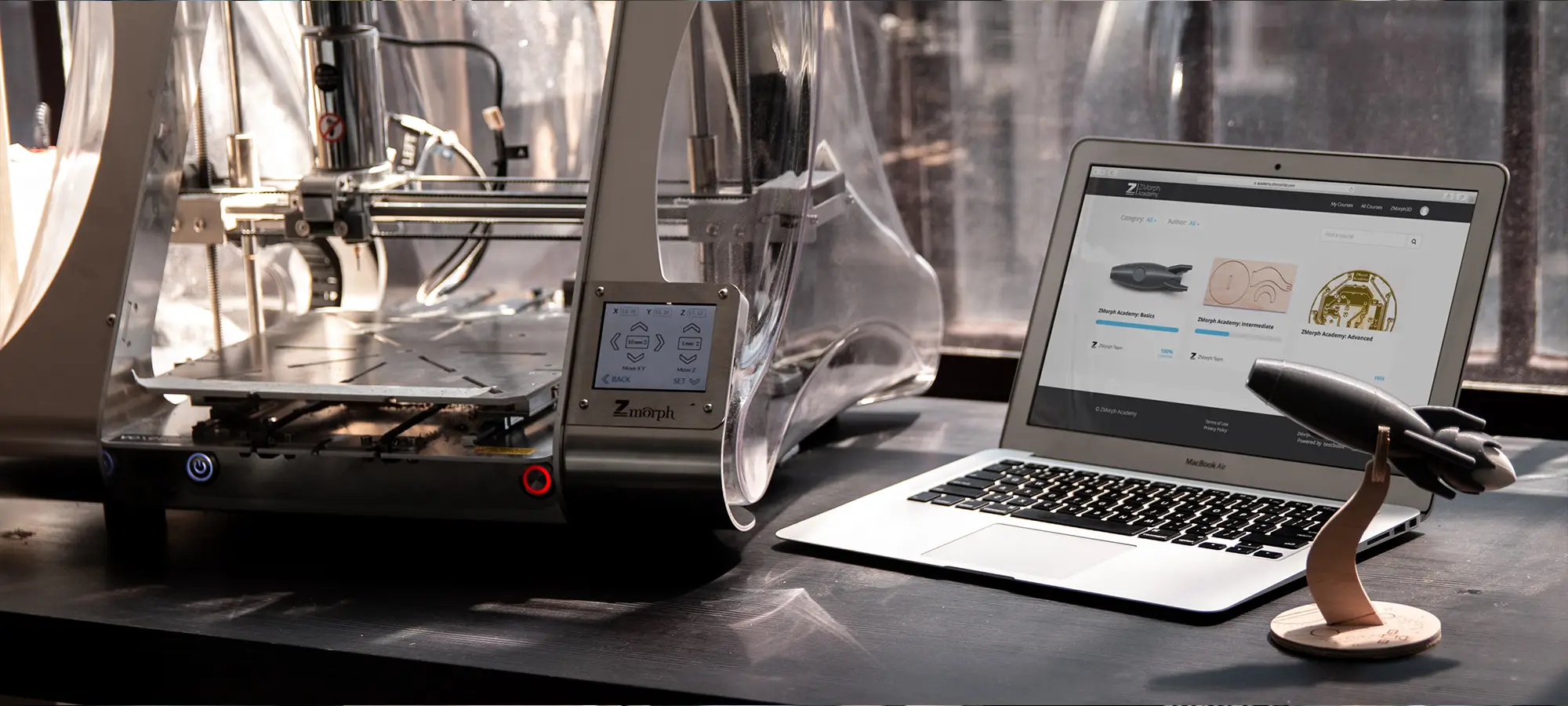
3D prototyping, or often referred to as 3D rapid prototyping refers to the entire process of repeating through a given design, layer by layer, to quickly manufacturing prototypes for testing.
It also involves including changes to the parts, if required by making changes to the 3D files for improvements.
Before 3D printing, there were various traditional prototyping techniques involved in the creation of prototypes.
Such as injection molding, which was the most common one among the conventional methods. Using injection modeling, it used to take weeks or sometimes, even months for completing the process of manufacturing, that too for a single iteration.
Not just that, the cost incurred through old techniques wasn’t at all competitive.
With the invention of the 3d prototyping machines, the 3D printers, rapid prototyping could be done at a relatively less cost and with faster turnaround time.
Not just that, there is a huge selection of materials with varying properties to choose from. Either, one can go for the cheapest of all materials, PLA, or any other special materials.
Above all, users can choose between different 3D printing processes available for 3D prototyping. There are already 3D printing companies utilizing these processes to ensure the fastest solution to the customers.
3D Printing Processes Involved in 3D Rapid Prototyping?
Although there could be more options for prototyping than the ones listed below, these are the most popular ones. 3D printing has provided us with great choices.
In terms of differentiating parts’ properties, the cost involved and a lot more parameters, one can decide which 3D printing process to choose. These multiple varying technologies offer different use cases.
There are three most common 3D printing processes used widely across different niches for carrying prototyping.
Fused Deposition Modeling (FDM)
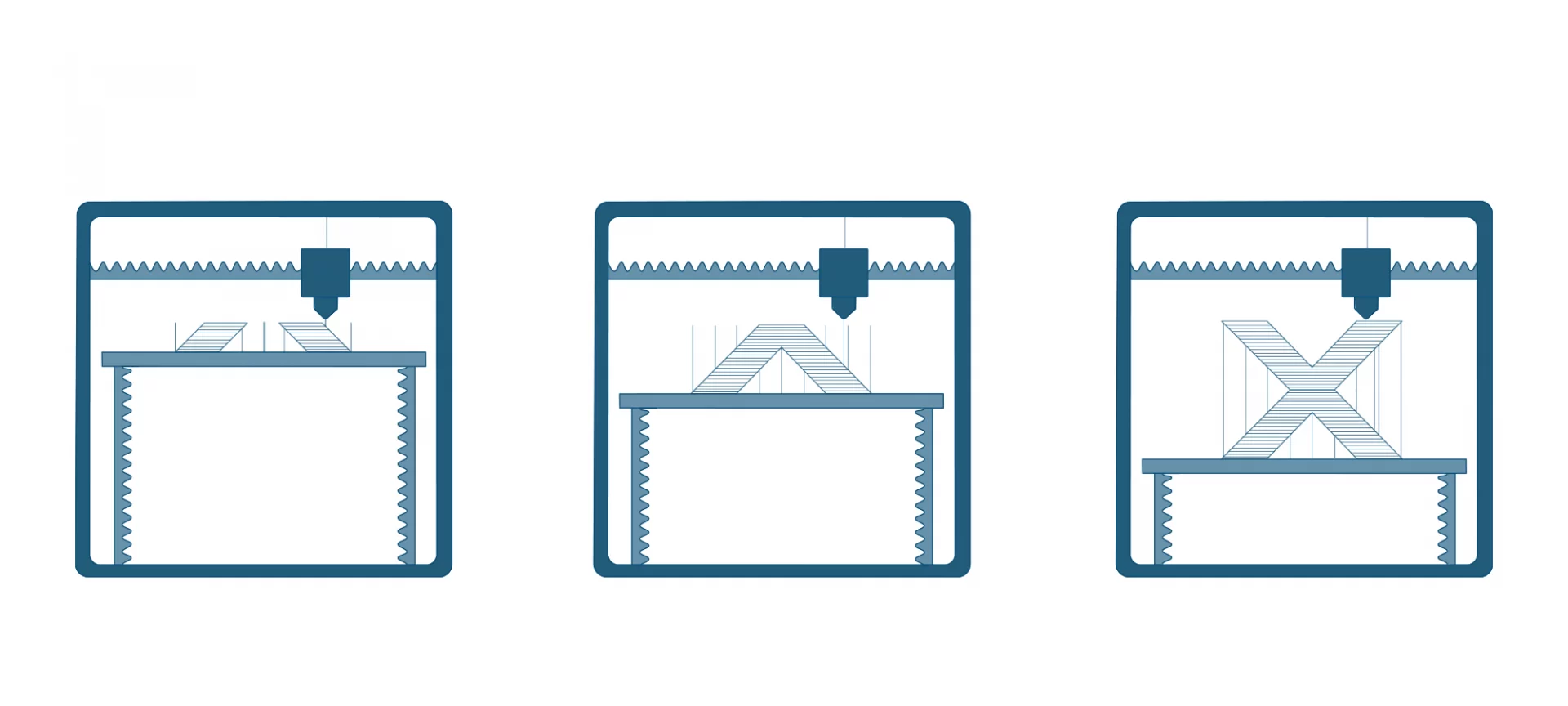
FDM is one of the most affordable, hence popular choices among all. There is a great number of 3D printers available based on this technology.
These printers make use of a thermoplastic filament. This filament comes in a spool format and is loaded in the filament feeder where it is melted and extruded for depositing layer over layer on the build plate.
The technology has its own drawbacks and has limited applications. Usually involved in first-run prototypes, these are also widely used for creating products for home use.
Stereolithography (SLA)
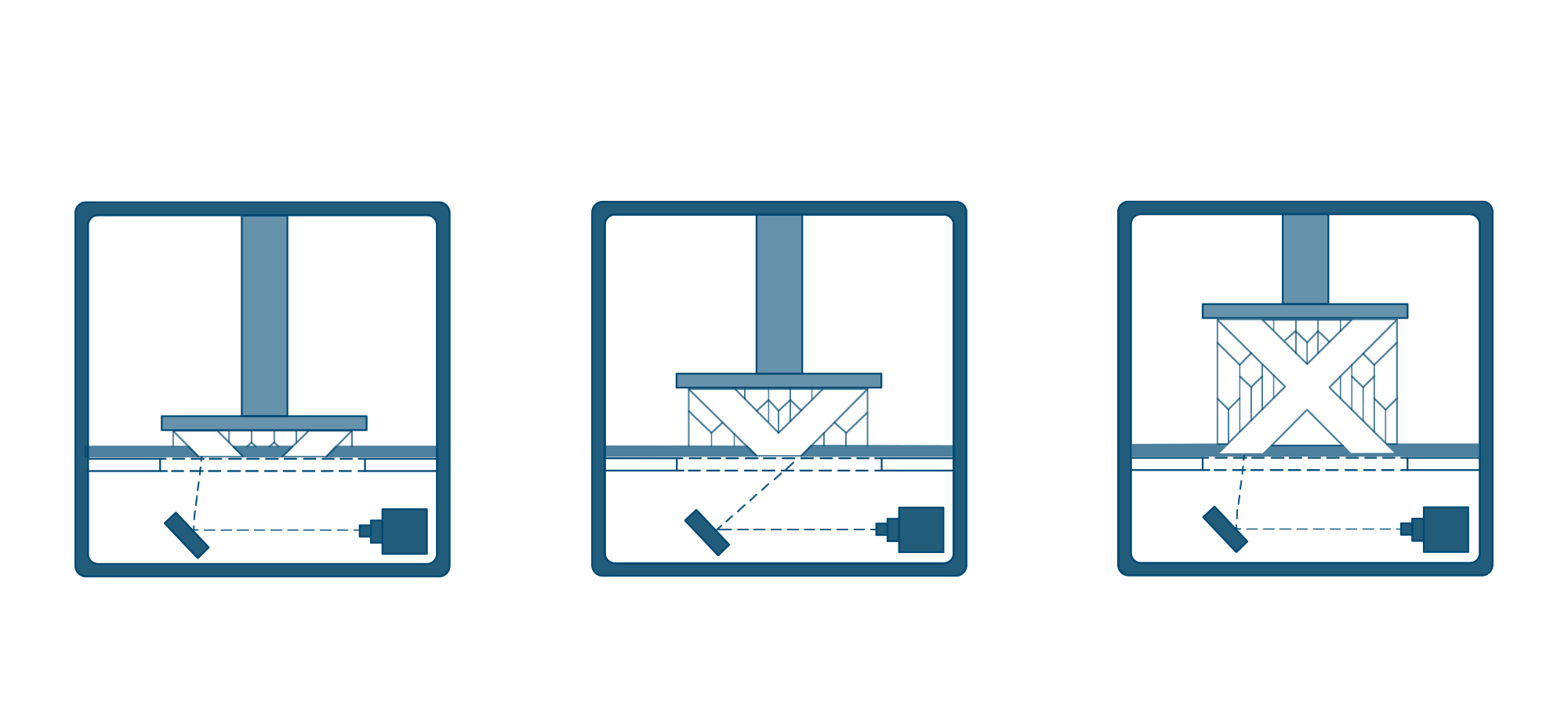
Unlike FDM printers, SLA 3D printers work on photosensitive resins. The liquid resin is stored in a tank. The UV light source is used for curing the resin.
For curing each layer, the platform is dipped slowly into the resin and then risen above when the layer hardens. This is an iterative process and continues until the prototype is ready and complete.
However, this process isn’t as cheap as FDM. SLA 3D printers are, however, better when it comes to creating high-resolution parts. Hence, used for prototypes requiring high precision accuracy.
Selective laser sintering (SLS)
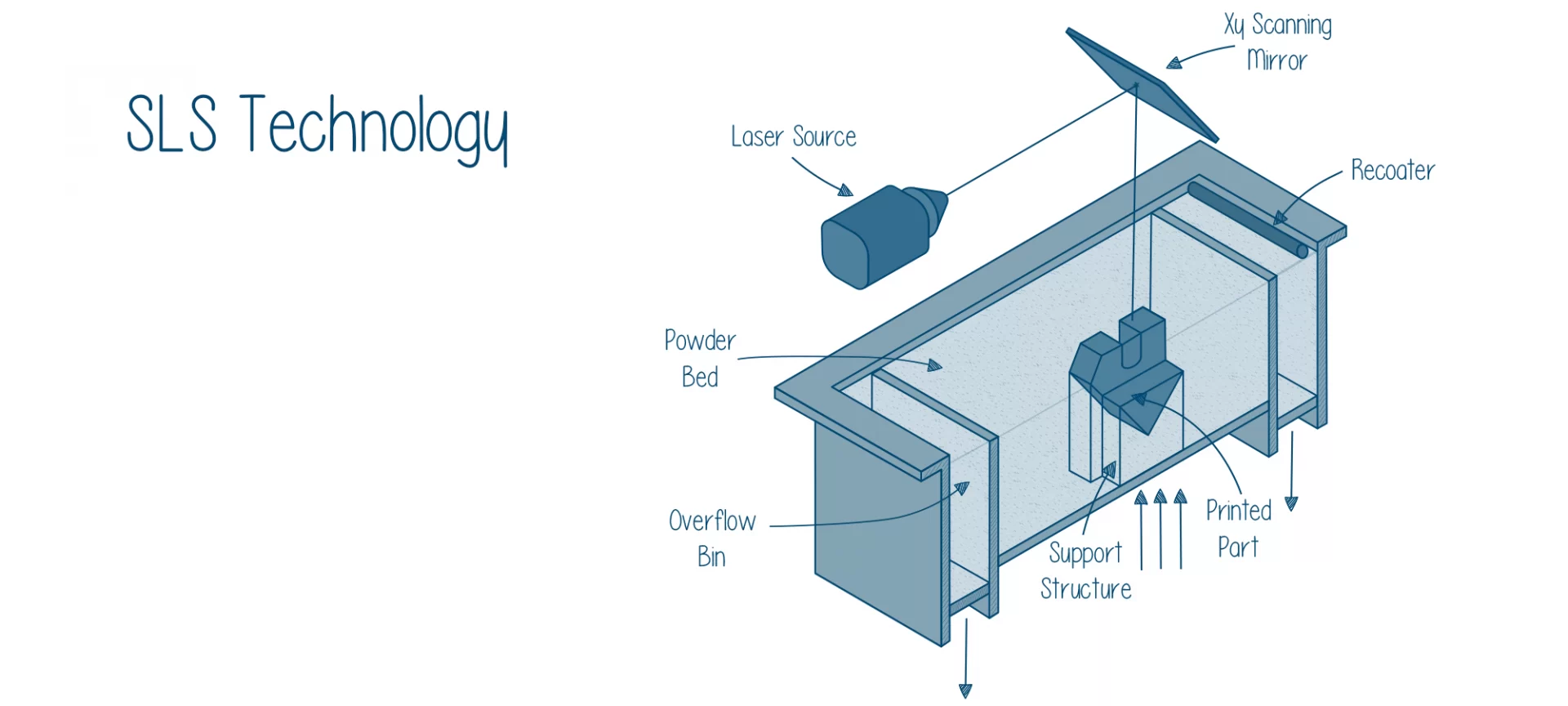
This one is another type of 3D printing process that is very popular when it comes to creating high end, specialized industrial prototypes. Instead of filament or resin, technology makes use of powder-based materials.
A laser source is utilized for sintering layers to one another for printing more specialized 3D models.
The process requires expertise to handle the prints. Moreover, these 3D printers are highly expensive. It is very obvious from the results that they produce.
When working with prototypes, one needs to have more than just basic knowledge of managing these machines.
3D printing has a steep learning curve and can take months for a user to become acquainted with the technology. Hence, learning must be the first thing that you should focus on.
Please note that there are various other 3D printing processes such as DLP, Inkjet, and others. However, these three are the most common ones that are used for rapid prototyping.
What are the Advantages of 3D Prototyping Over Traditional Prototyping?
As we move forward towards 3D printing, we see a lot of changes being introduced in the production workflow.
From time consumption to efforts employed, the transformation can be witnessed at every front. This is because of the immense possibilities that the technology carries with itself.
Here are a few of the major reasons why 3D printing is the best choice for rapid prototyping.
Freedom to Design Better
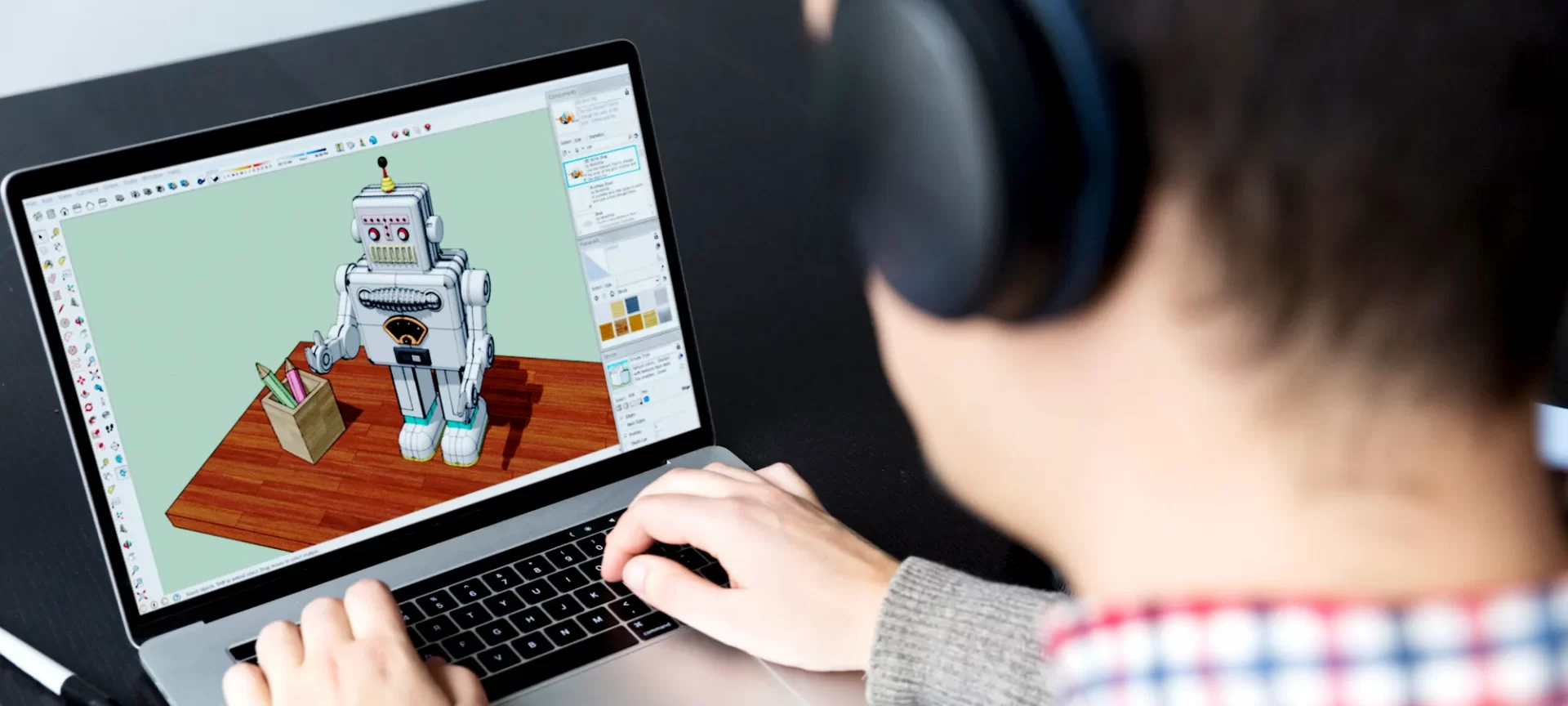
Prototypes are a medium by which companies turn their researches into reality. It provides room for improvement of products and bringing better designs for the use of customers.
Prototypes help companies test designs. Although prototyping existed way before 3D printing came into existence. So, what is so special about 3D printing?
While everything is true about prototyping, there is one biggest difference that the introduction of 3D printing has created in the field. And, that is the freedom to design whatever one seeks to.
In other words, 3D printing is capable of producing parts that were never possible before using all the traditional methods.
Also, the preparation stages involved with traditional techniques made many designs impossible to carve. However, this is not the case with 3D printing.
3D printing has given the flexibility to work with any designs, howsoever complex it may be. You just have to think of a design and it would be possible with 3D printing.
Also, the prototypes made before did not exhibit the properties required for the final model. In other words, the choice of material was restricted when designing the prototypes using conventional methods.
Hence, functional prototypes were difficult to prepare. With 3D printing, that limitation has also been eliminated.
One can come up with better and accurate designs and models when preparing functional as well as first-run prototypes.
More Services Under One Roof
This is something very exciting that every business would like to know about. With traditional methods, businesses were never able to cater to one or a few similar industries when preparing prototypes.
This is because of the difference in the tooling and molds requirements for different types of prototypes which weren’t feasible to suffice.
However, with 3D printing, we have been able to provide Manufacturing as a service, also known as MaaS.
Now, companies can build different types of prototypes with varying designs and properties, serving hundreds of niches and businesses. And, that too using the same 3D printing technology.
There is more to the list. The changes and upgradations are also easier and require just a few changes to the 3D file. 3D printing has now become accessible to masses.
This certainly gives us more reason to include the technology and welcome it with open hands.
With so much of the resources available online, one can easily learn and implement 3D printing for rapid prototyping, even when never used the 3D printers before.
Increases the Utilization Rate
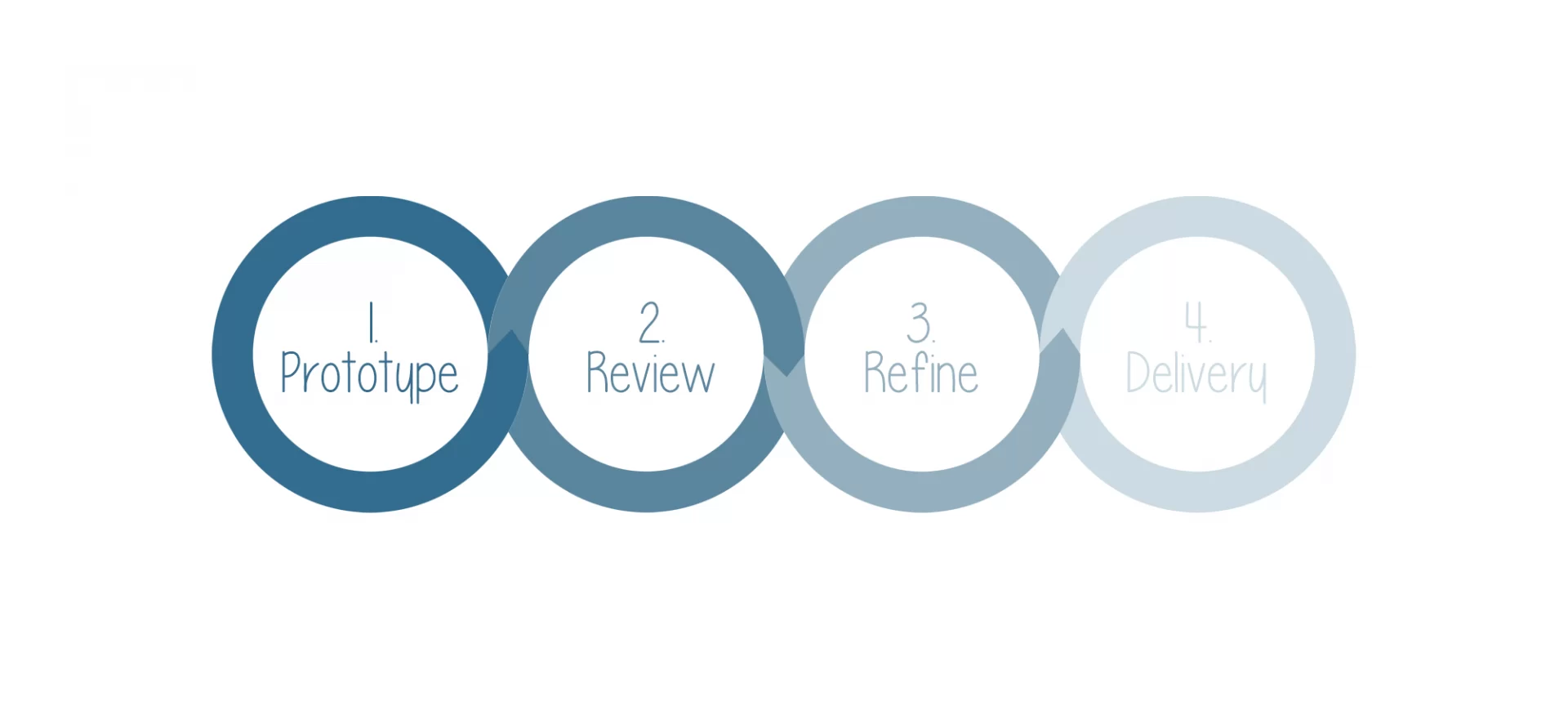
In many manufacturing industries, the wastage of material is high. The firms are only able to utilize at most 75% of the materials.
This means that the one-fourth part is being wasted or not being utilized efficiently. A lot depends on the use case that these traditional methods bring with itself.
Needing to prepare the tools, molds, with limited material possibilities tuck these methods inside a box, lacking versatility.
However, when talking about 3D printing, users have the freedom to use more materials for producing parts.
The fact that these are printed even faster and accurately, makes the utilization even more efficient. Not to forget, one can print parts one after another for hours.
Some 3D printers even provide flexibility to print for days without a break. Hence, helping manufacturing industries in many different ways. Resulting in a high utilization rate and better efficiency.
Helpful in Reducing the Impact of Carbon Footprint
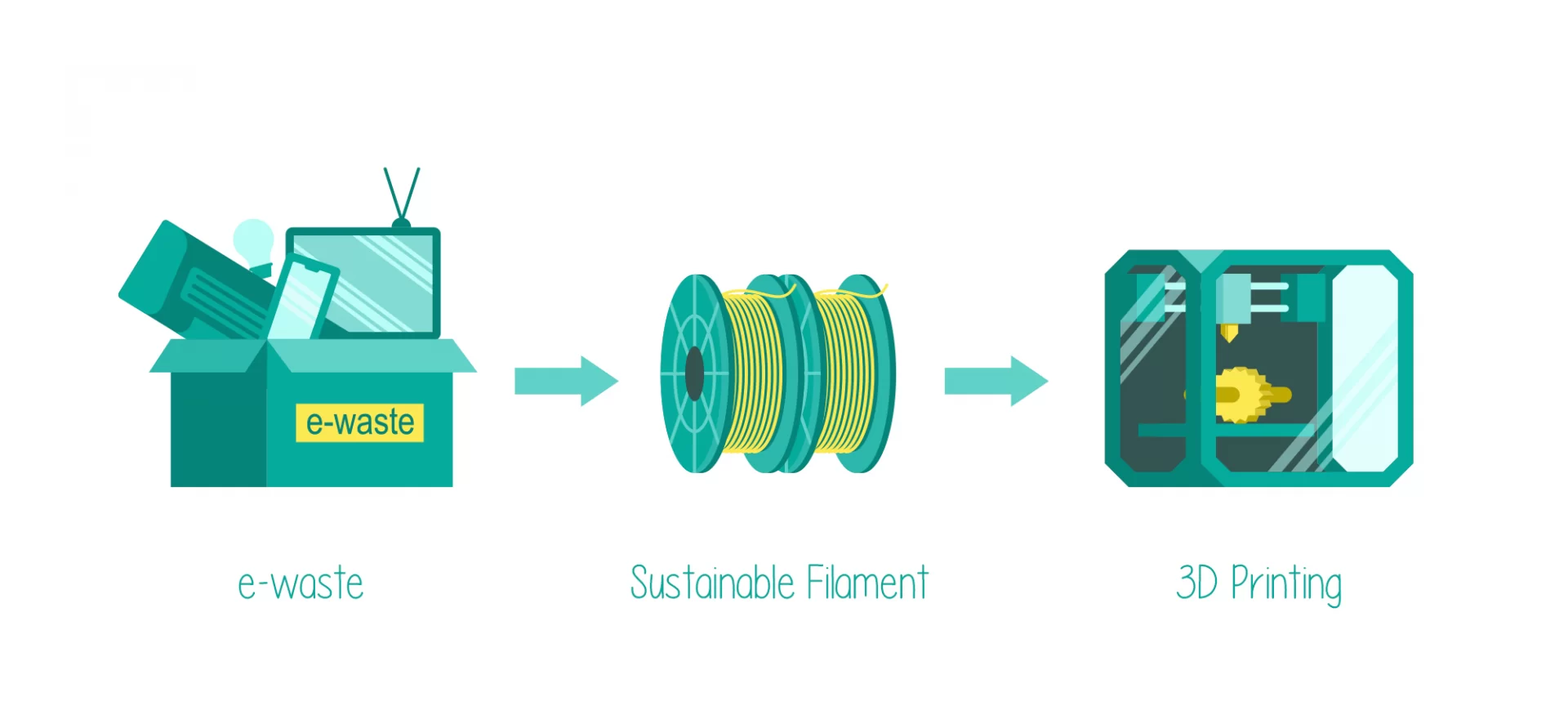
Every nation today is talking about the harmful impact of carbon footprint and is trying best to reduce its impact on the environment.
While there are many ways the carbon footprint increases, manufacturing companies contribute the most. Hence, there have been strict laws implemented across nations to manage waste and materials.
The question is: How 3D printing is able to help with that initiative or for this cause?
The manufacturing companies utilizing traditional methods depend on carving parts by subtractive methods. This leaves more waste behind which is not even reusable. Hence, contributing a lot to the increase in carbon footprint.
However, 3D printing works on additive manufacturing methods. Instead of carving parts from a material, it adds the material to build on it.
Hence, helps in reducing the overall waste of materials to almost 10%. Moreover, carbon emissions due to 3D printing are substantially less than traditional manufacturing.
The news is very impressive. However, 3D printing still needs to be realized as the mainstream option for mass production.
While still being limited to prototypes and small batch production, the technology seems to make more progress to become considerably useful in reducing the impact of carbon footprint.
Creativity and Innovation go Hand in Hand
There is no better way to stress this any better. 3D printing has given users huge potential. While there was a time when creativity was limited to the options available to realize them, that limitation has been eliminated completely.
Because, the technology is sufficient alone, without needing ant additional tools to stir its versatility, one can depend on 3D printers to build almost everything.
Instead of building different parts and combining them together, 3D printing can help create parts in a single run. You can free to think the way you wish to and 3D printing would make it possible.
The technology encourages to come up with more changes and up-gradation because it all seems so possible. 3D printing has helped in removing various constraints that existed before.
With a need for additional design elements, engineers and makers can concentrate on useful features that the next design would entail. Without worrying about how to realize them.
Designers can think freely and concentrate on future innovations. It is no exception anymore. The examples are already in terms of real-life inventions that have surprised users across the globe.
The manufacturers no longer fear coming up with upgradations that can push boundaries. From the automobile to the medical field, 3D prototyping has brought huge differences.
The Conclusion
3D printing is giving users the freedom to explore and redesign, without worrying about the aftermath involved in the production process.
Manufacturers are able to come up with more innovative ideas than before as it is possible to accomplish.
There are many reasons that make 3D printing a desirable option. Unsurprisingly, already being utilized by manufacturing giants from around the globe for better results.
Among all this, 3D prototyping still remains the most important applications of 3D printing. 3D printing has been able to provide the industries with the most useful alternatives for preparing and upgrading parts for testing without any hassle.
From design to implementation, everything is done with the highest efficiency. While traditional methods would take months to complete the cycle of testing and updating the designs, 3D prototyping could do that in days.
The inhouse production is not a long due dream for businesses. With 3D printing, businesses can even carry prototyping inside their offices without needing to consult an expert from outside. Overall, it’s a crazy deal. And, it has its own perks that stay unmatched so far.







